10 Fascinating Facts About Perfume You Probably Didn't Know
Perfume has existed since ancient times. In fact, some people believe that perfumes were discovered when ancient civilizations burned plants to heat their homes. This caused the natural oils in the plants to evaporate and produced a fragrant aroma.
Today, perfumes are created by mixing essential oils and other ingredients in an alcohol or water base. The base also determines how long the scent lasts on the skin. The most common perfumery bases are ethanol, propylene glycol, water, and witch hazel.
Today there are many perfume brands and new ones appear every year. However, not everyone understands what goes into creating a fragrance or how different scents appeal to different people based on their personal preferences and chemistry.
Here are 10 fascinating facts about perfumes that you probably didn't know.
It is believed that the smell of perfume is related to our emotions.
Perfumes are created using the three basic elements of all scents: the base, the heart, and the top note. Depending on their composition, they appeal to different emotions.
The base note is responsible for the duration of the fragrance.
The heart note is responsible for the aroma that is perceived when it comes into contact with the skin for the first time.
The top note is what you smell when the fragrance comes into contact with the air for the first time.
The top notes are light and fresh and usually last about 15 minutes.
The middle note is more intense and is related to the mood of the fragrance.
The base notes are the most durable and are the ones that remain on the skin for the longest time. Its intensity is determined by the percentage of oils in the mixture.
Why do some perfumes smell better at the beginning and the end?
Most people find that some perfumes smell better at first and others smell better after they have been on the skin for a while.
This is due to several reasons.
First of all, the perfumes that smell stronger at first and weaker after a while are usually the perfumes that are based on synthetic fragrance oils. These oils are usually very strong, but they don't last long on the skin.
On the other hand, natural oils tend to be much lighter , so they smell less intense when you first put them on, but they last much longer. The other reason why some scents smell better at first and others later is that some scents are meant to be longer lasting and others to be lighter and fresher.
Some perfumes are more likely to cause allergies.
There are so many different ingredients that go into creating a perfume, so it's hard to know what's causing the irritation . However, if you notice that fragrances in general irritate your skin, you may want to see a doctor for allergy testing for specific substances.
The best way to find out which substances are causing the allergic reaction is to get tested by a doctor and avoid using products with those ingredients. In some cases, it is even possible to receive injections to avoid the allergy.
Where perfumes are made and how they are imported.
Perfume manufacturers are located in France, the United Kingdom, Italy and Germany. The United States imports most of its perfumes from these countries.
Some brands, such as Chanel , use the exact same formula for their perfumes regardless of where they are manufactured. Other brands have different formulas for each country, so perfumes from different countries smell different.
If you're curious about the origin of your perfume, it's important to do your research before making a purchase.
The sizes of the perfumes and the amount of perfume in each size.
When someone describes a fragrance, they usually talk about the amount of perfume that the bottle contains. This is important to understand, because it lets you know how long the fragrance will last on your skin and how long you can expect the scent to last.
A bottle with an Eau de Toilette (EDT) or Eau de Parfum (EDP) concentration typically contains between 2 and 6 ounces of perfume oil . EDPs are stronger than EDTs and tend to last longer. Perfume oils contain between 1 and 2 ounces of perfume.
In our online store, you have a very interesting repertoire of these types of perfumes. You can take a look and choose the one you like the most . It is important that you know that we send your favorite perfume to your home.
The ingredients that create the main aromas of most perfumes.
Let's look at the ingredients that create the main aromas of most perfumes.
- Alcohol: It is a very common ingredient in perfumes because it helps extend the aroma and mix other ingredients. It also evaporates very quickly, so it's not something you sit on your skin for a long time.
- Aldehydes: They are used in floral fragrances and are responsible for the fresh aroma.
- Beeswax : It is used to help fix other aromas.
- Cedar wood: It is a widely used aroma of wood.
- Cinnamon: It is a very common ingredient in spicy fragrances.
- Clove: It is a very common ingredient in spicy fragrances.
- Coumarin: It is a very common ingredient in floral fragrances.
- Esters: They are very common in fruity aromas.
- Geraniol: It is a very common ingredient in floral fragrances.
- Labdanum: It is a very common ingredient in warm fragrances.
- Musk: It is a very common ingredient in warm fragrances.
- Oakmoss: It is a very common ingredient in woody fragrances.
- Oak wood: It is a very common ingredient in woody fragrances.
- Peppers: They are very common in spicy fragrances.
- Tonka leaves: They are very common in warm fragrances.
- Vanilla: It is a very common ingredient in sweet fragrances.
- Violets: They are very common in floral fragrances.
How perfumes are created with a mixture of essences.
The perfumer selects one or more scents and adds them to the mix. This mixture is called a "bouquet".
The perfumer then adds other ingredients that can help balance the scent and make the fragrance last longer. Each perfume has a unique blend of ingredients , but most scents fall into one of these categories:
- Aldehydic: aromas such as orange blossom, jasmine or lemon
- Cyprus: aromas such as patchouli, cloves or oak moss
- Floral: aromas such as rose or vanilla
- Fougere: aromas such as lavender or oak moss
- Gourmand: aromas such as chocolate, coffee or caramel
- Oriental: aromas such as sandalwood, vanilla or musk
- Woody: aromas such as cedar wood or oak






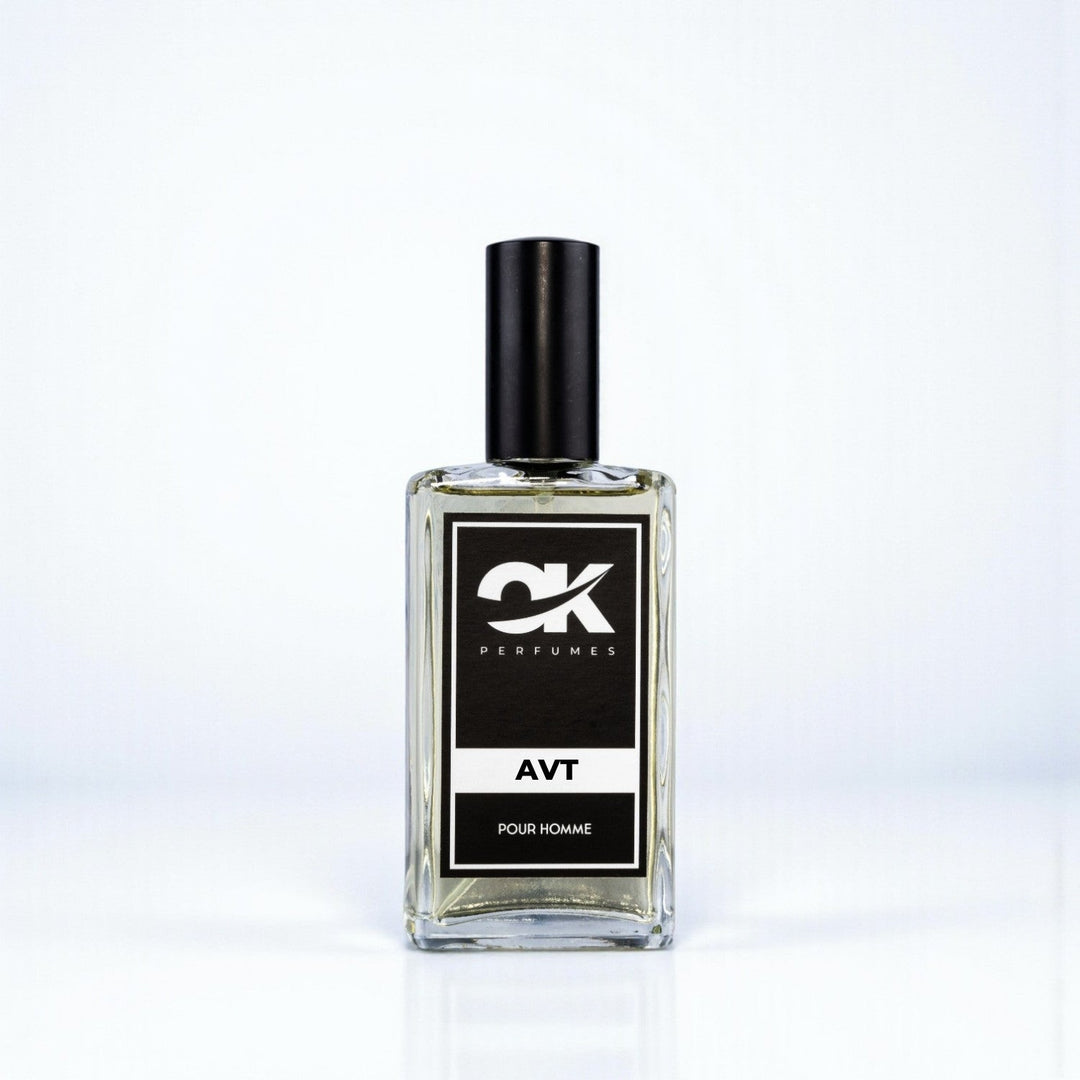
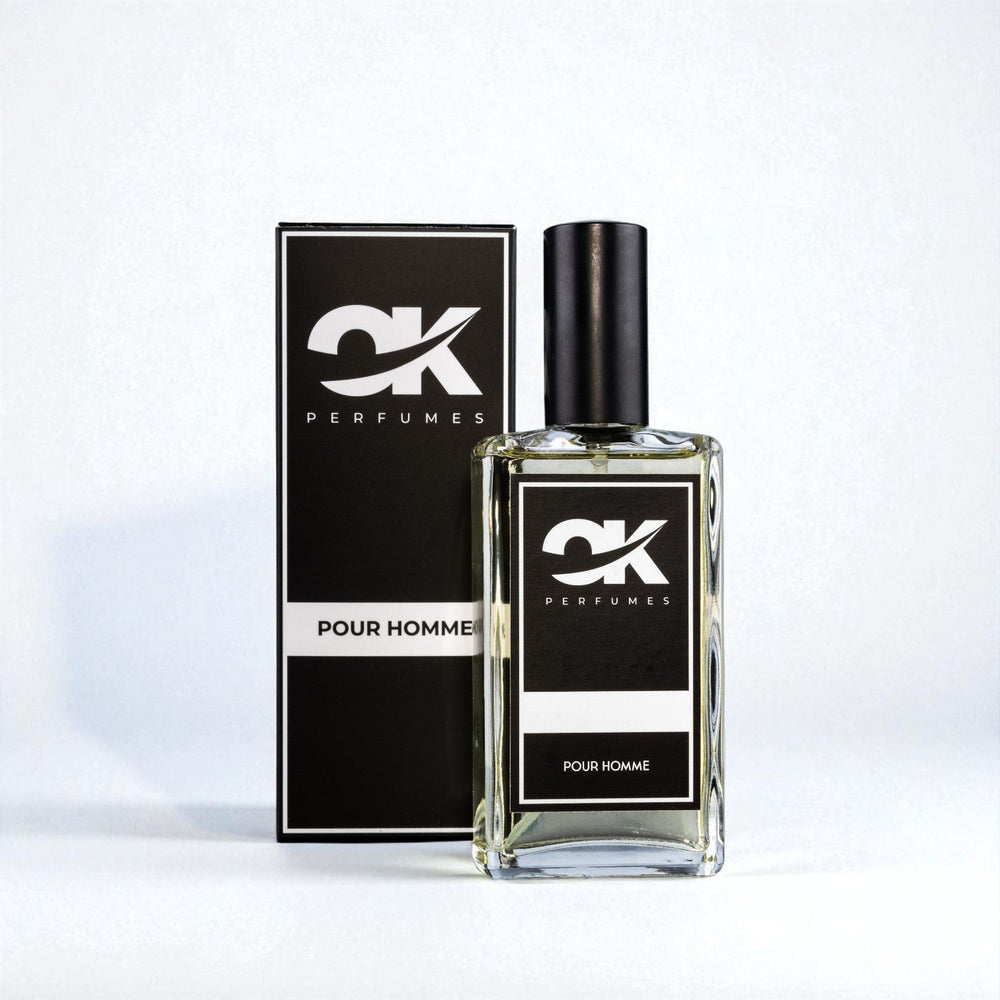
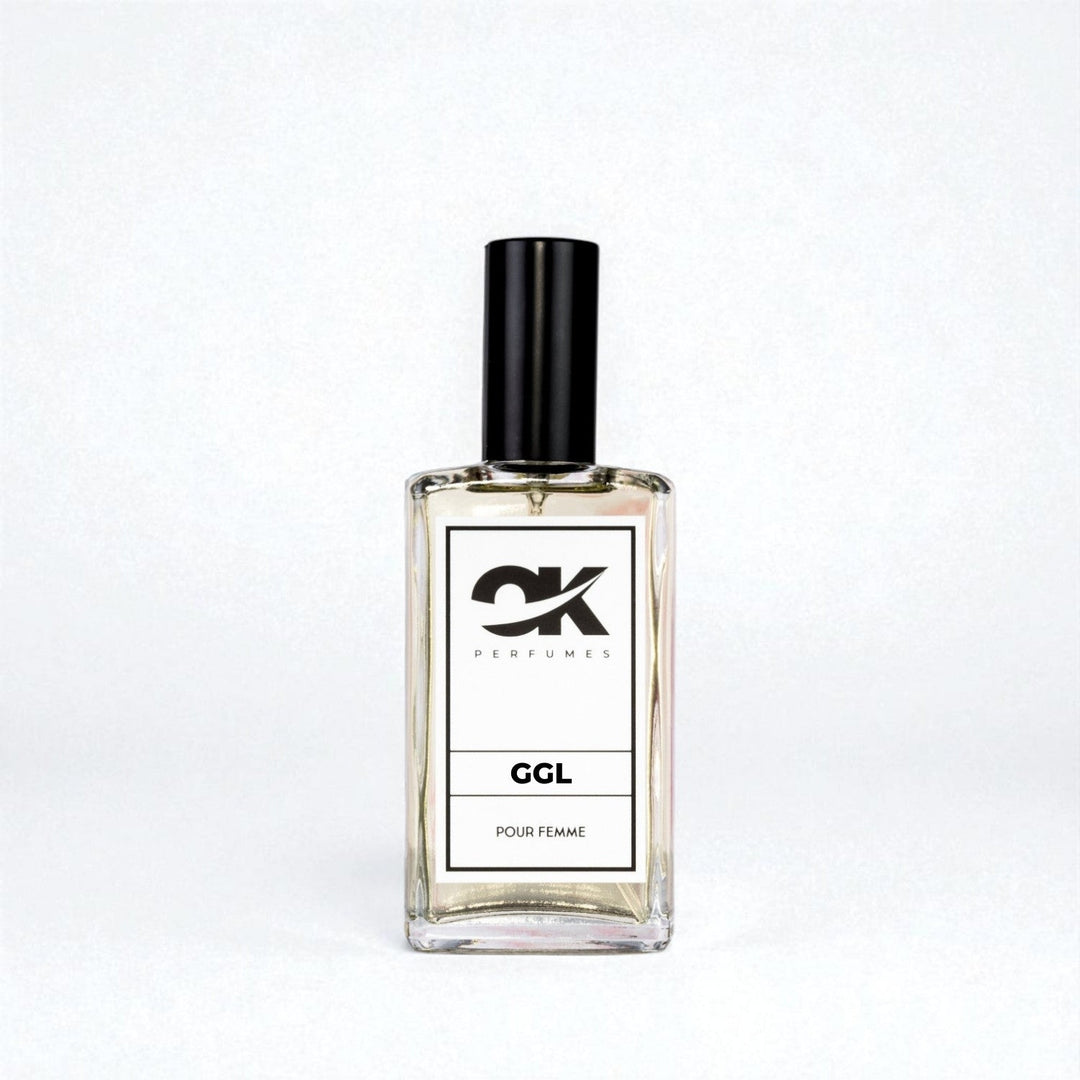
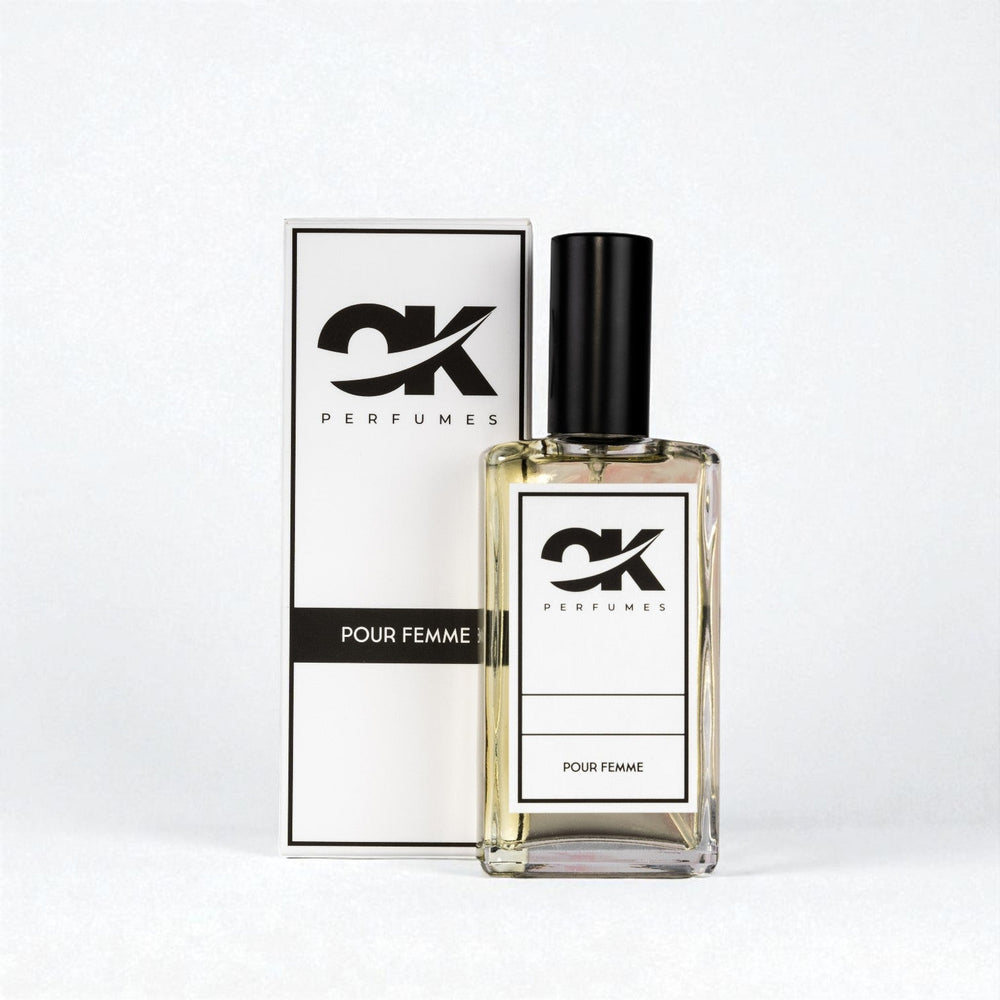
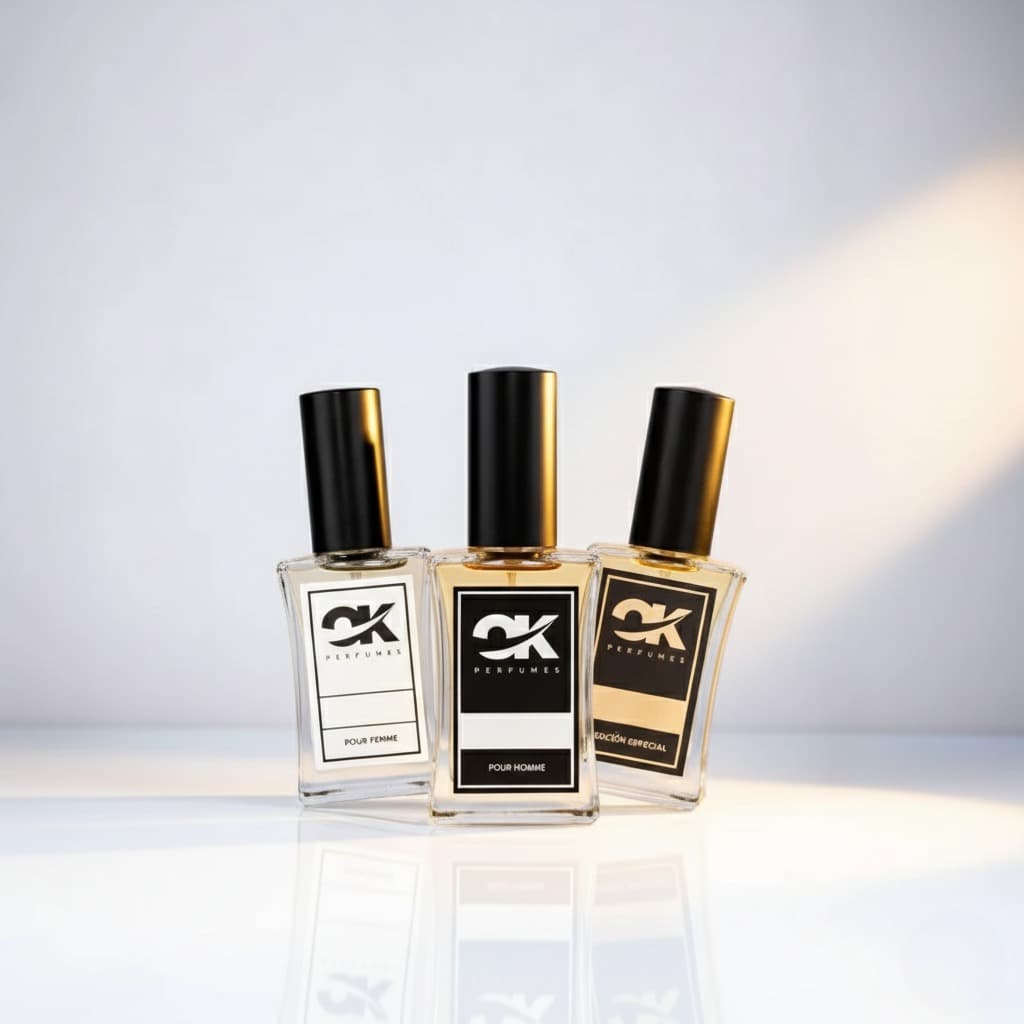

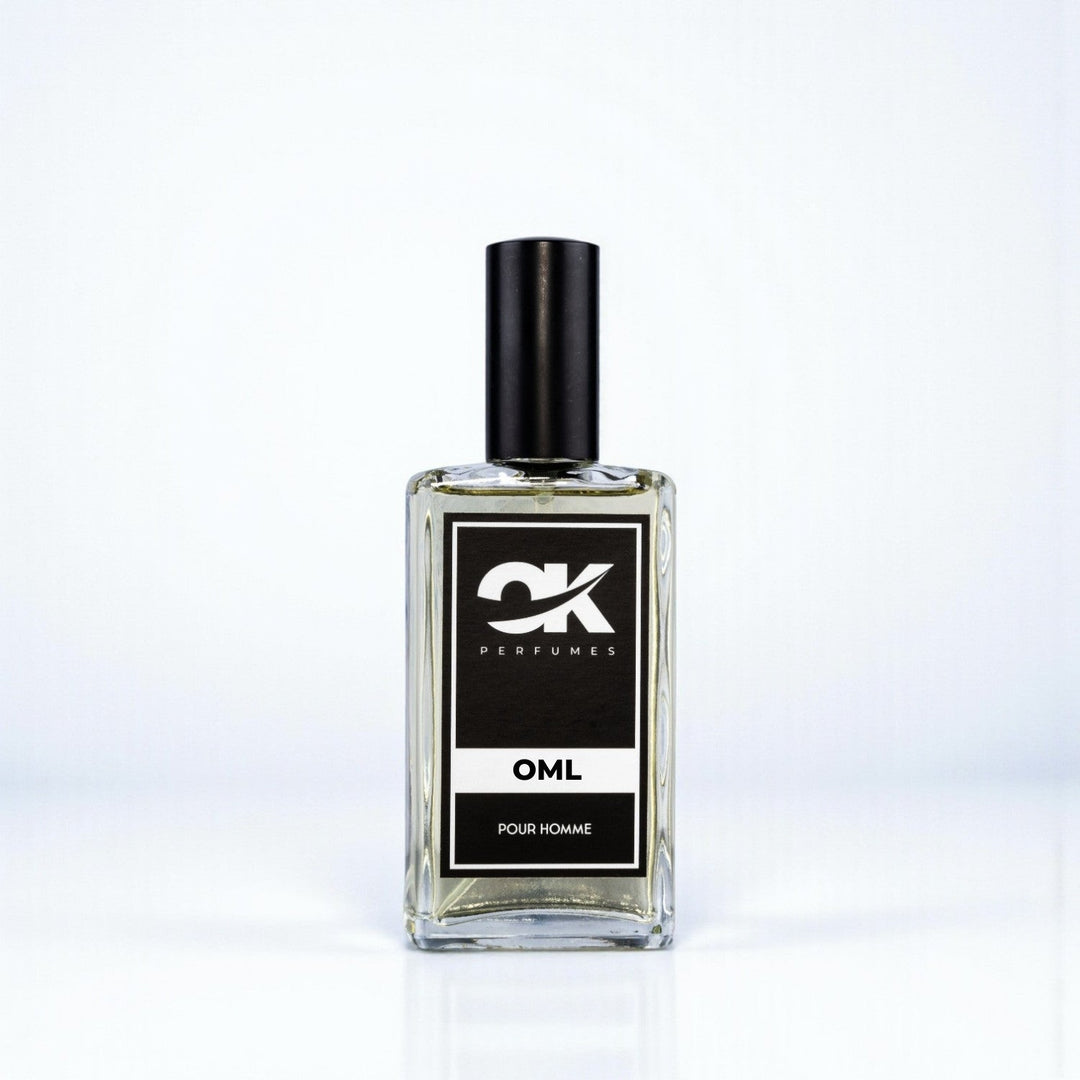
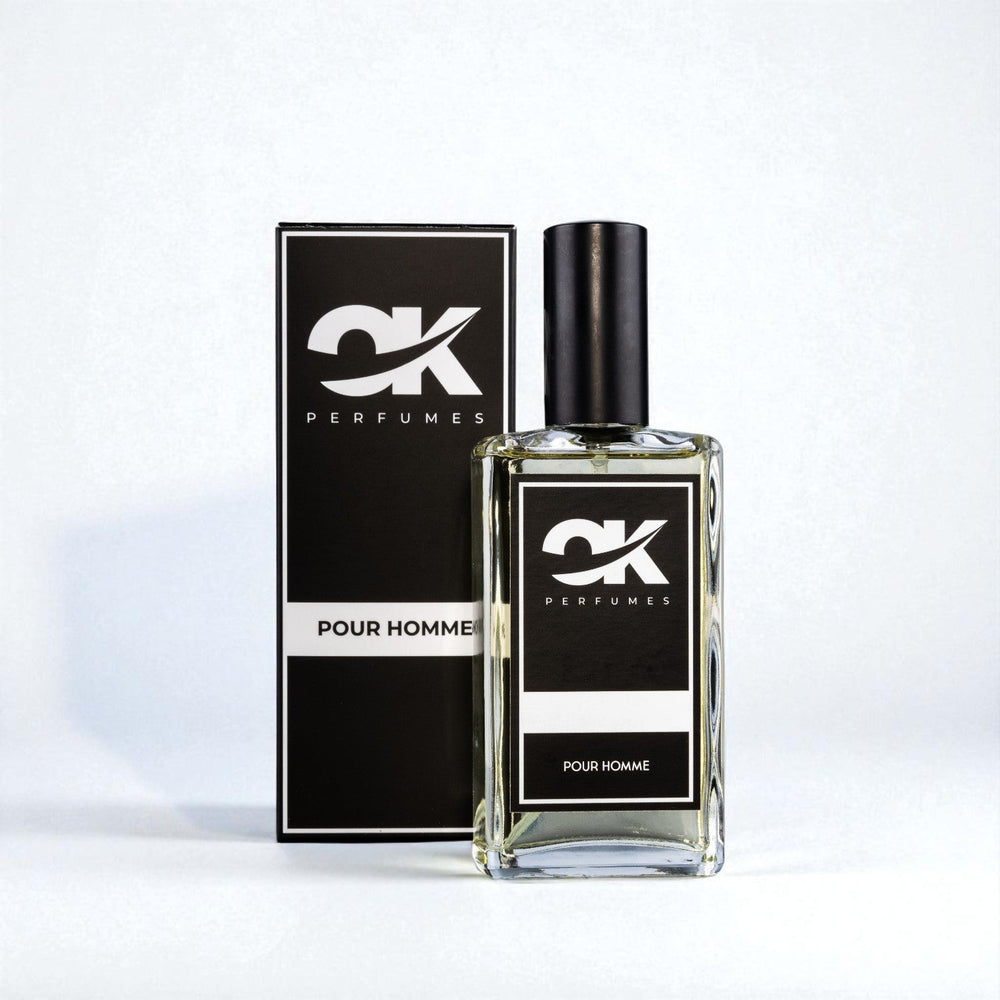
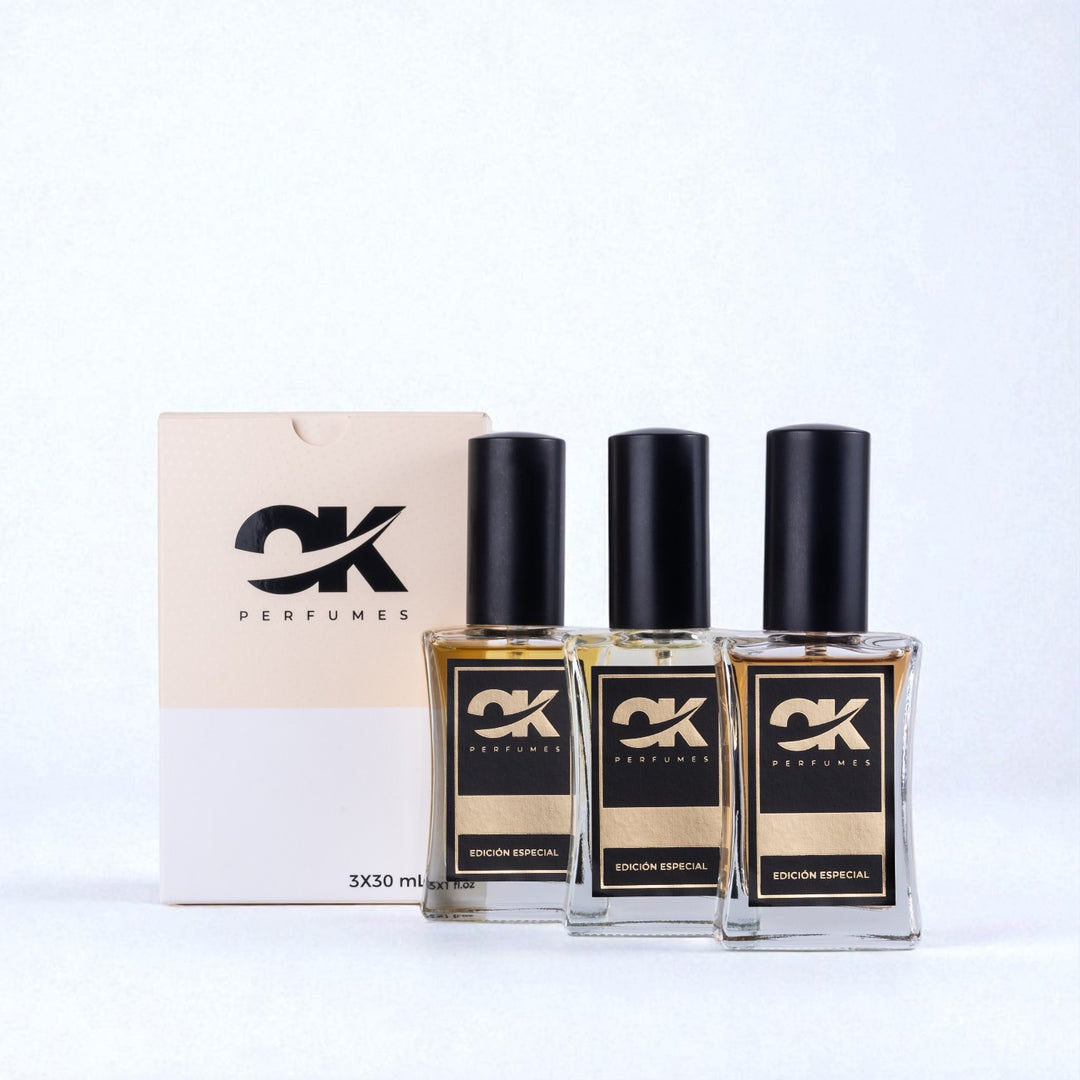
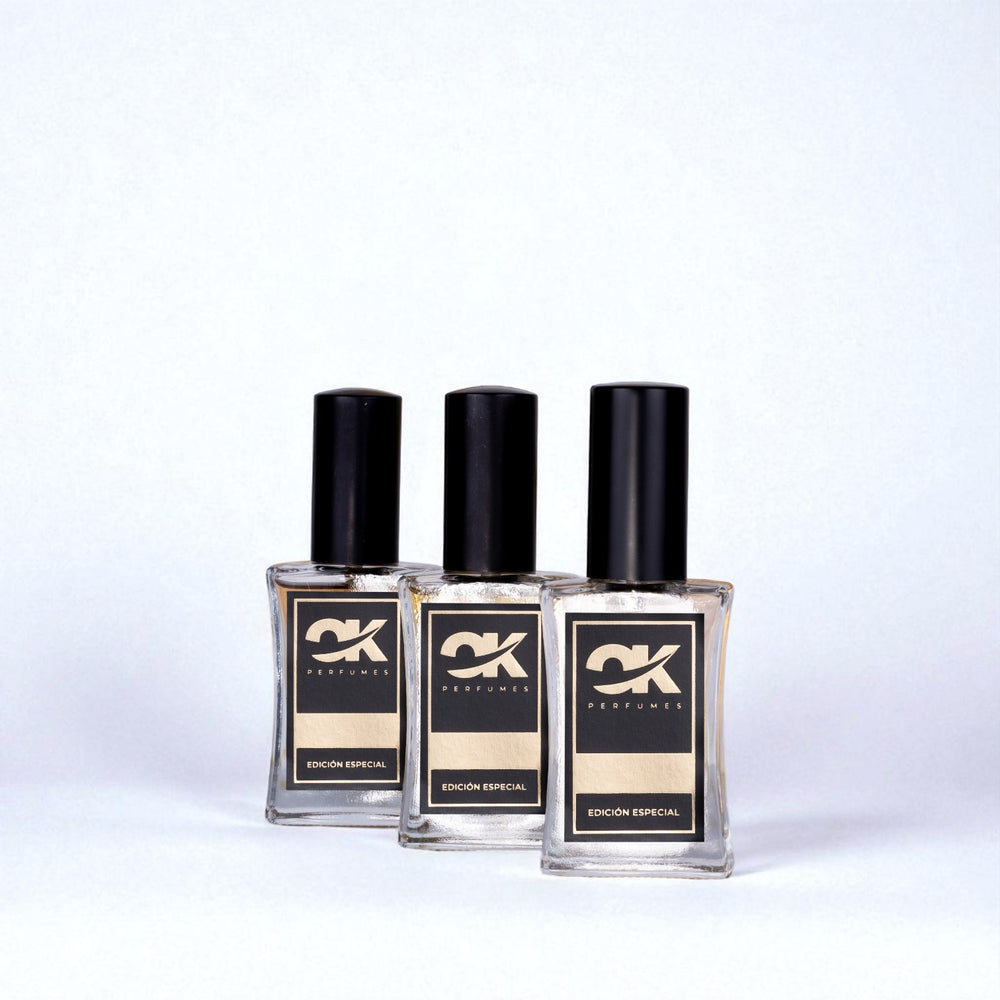



Leave a comment